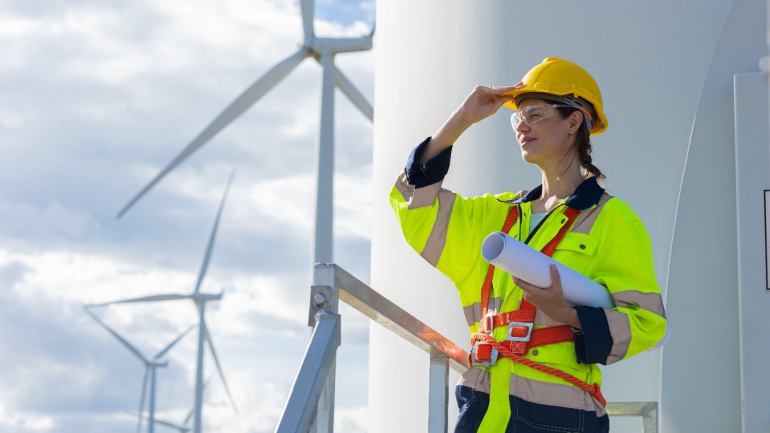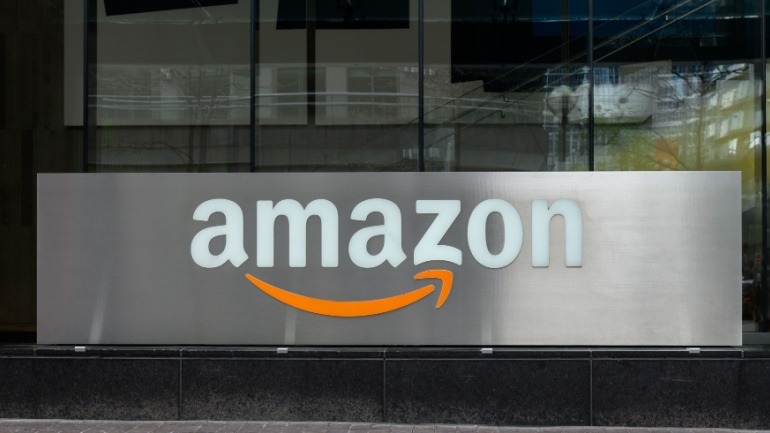Amazon has made a significant leap in its sustainability efforts by meeting its 100% renewable energy goal seven years ahead of schedule. Initially set for 2030, this milestone means all electricity consumed by Amazon’s operations, including its data centers, now comes from renewable sources.
For the past four years, Bloomberg NEF has recognized Amazon as the largest corporate purchaser of renewable energy globally. The company has invested billions in over 500 solar and wind projects worldwide, generating enough energy to power around 7.6 million US homes. This achievement aligns with Amazon’s broader commitment to reach net-zero carbon emissions by 2040.
Kara Hurst, Amazon’s Chief Sustainability Officer, remarked, “Achieving this goal is an important milestone in our efforts to meet our Climate Pledge commitment of net-zero carbon by 2040. Looking ahead, we remain as committed as ever to getting there, but the path is changing in ways that no one quite anticipated even just a few years ago—driven largely by the increasing demand for generative AI. This will require different sources of energy than we originally projected, so we’ll need to be nimble and continue evolving our approach as we work towards net-zero carbon.”
Bloomberg NEF’s head of sustainability research, Kyle Harrison, commented, “By achieving its 100% renewable energy goal, Amazon has made it possible for hundreds of new solar and wind projects to be constructed, bringing new sources of clean energy to grids and communities around the world. Addressing climate change while balancing society’s skyrocketing energy demands is a massive challenge, and Amazon’s commitment to clean power demonstrates how a single company can help accelerate the transition to the low-carbon economy on a global scale.”
Amazon’s renewable energy projects spread across 27 countries. In India, Greece, South Africa, Japan, and Indonesia, the company has enabled utility-scale projects. For instance, the Delta Wind farm in Mississippi generates carbon-free energy to power Amazon’s operations, benefiting local residents, including third-generation farmer Abbott Myers.
Furthermore, Amazon has established itself as the leading corporate purchaser of offshore wind energy, supporting nearly 1.7 GW across six European offshore wind farms. The first operational offshore wind farm, located off the coast of the Netherlands, boasts a capacity exceeding 750 MW.
In the Asia-Pacific region, Amazon backs over 80 renewable energy projects. In Japan alone, their initiatives include the nation’s first onshore wind farm and a standalone utility-scale solar project. The company has 20 projects in Japan, including 14 onsite solar installations and six offsite wind and solar projects.
An essential part of Amazon’s renewable energy investments involves modernizing the energy grid for new renewable sources. Working with energy regulators, Amazon has co-founded the Emissions First Partnership to encourage renewable energy investments in fossil-fuel-dependent regions.
As Amazon surpasses its ambitious renewable energy goals, it underscores the ability of large corporations to drive global sustainability.







